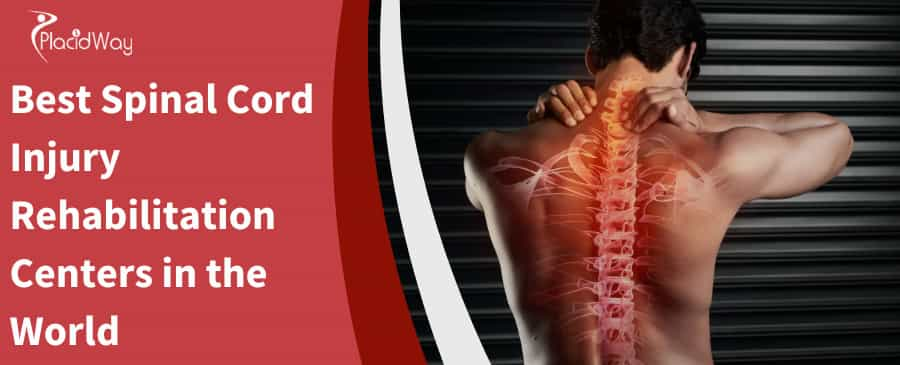
A spinal cord injury (SCI) is a life-altering event that presents immense physical and emotional challenges. While traditional rehabilitation remains the cornerstone of care, the field of regenerative medicine, particularly stem cell therapy, has opened a new frontier of hope. It offers the potential not just to adapt to the injury, but to actively repair the damage and restore lost function.
This guide provides a clear overview of spinal cord injury, the foundational role of rehabilitation, and a deep dive into the world of stem cell therapy. We will spotlight the leading international clinics that are pioneering these advanced treatments, helping patients from around the globe access new possibilities for recovery.
Key Takeaways
-
Stem cell therapy is a promising, experimental approach to SCI treatment that aims to regenerate damaged nerve tissue, reduce inflammation, and improve neurological function. It is not yet a guaranteed cure.
-
The most successful outcomes are achieved when stem cell therapy is combined with intensive traditional rehabilitation, such as physical and occupational therapy.
-
International centers in Mexico, Thailand, India, and parts of Europe are at the forefront of applying these therapies, offering access to treatments not yet widely available in the US or UK.
-
The cost for a course of stem cell therapy for SCI at a reputable international clinic typically ranges from $15,000 to $40,000, significantly less than the potential costs in regions where it might be available commercially.
Best Spinal Cord Injury Rehabilitation Centers in the World
The following clinics are pioneers in the field of regenerative medicine, with extensive experience in developing and administering stem cell protocols specifically for patients with spinal cord injuries.
MexStemCells Clinic
– Mexico City, Mexico

With over a decade of dedicated experience, MexStemCells Clinic is a trusted leader in regenerative medicine for SCI in Mexico. Their team has honed protocols that aim to improve function and promote tissue regeneration, making them a top choice for patients seeking care in Mexico.
-
Therapeutic Focus: Spinal Cord Injury, Neurological Disorders, Orthopedics.
Vega Stem Cell Clinic
– Bangkok, Thailand
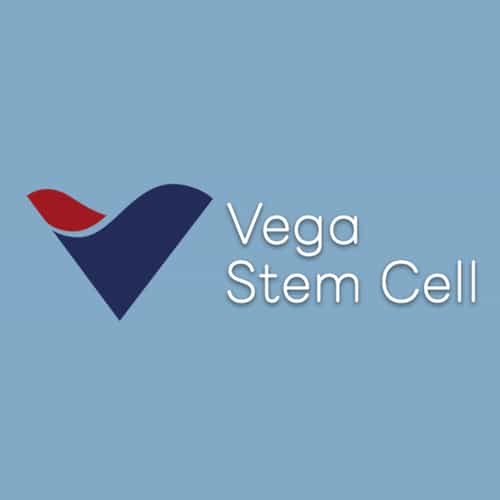
Vega Clinic in Bangkok is renowned for its innovative and advanced stem cell treatments for spinal cord injury in Thailand. They provide highly personalized care plans for SCI patients, leveraging cutting-edge techniques to help individuals regain mobility and significantly improve their quality of life.
-
Therapeutic Focus: Regenerative SCI Treatments, Anti-Aging, Neurological Repair.
GIOSTAR Hospital Bengaluru
– Bengaluru, India
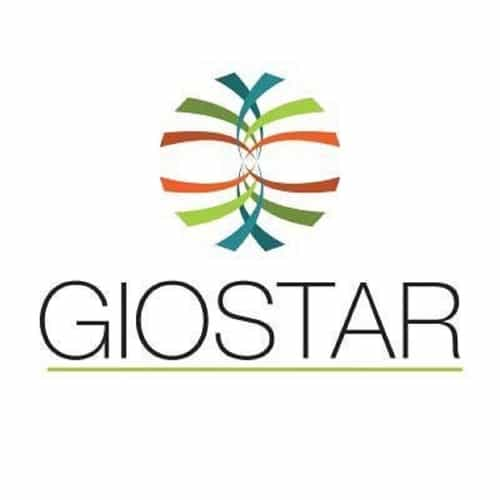
GIOSTAR (Global Institute of Stem Cell Therapy and Research) is a world leader in the field, with a dedicated hospital in India. Their highly qualified team offers personalized stem cell therapy programs designed to maximize functional recovery for SCI patients from around the globe.
-
Therapeutic Focus: Spinal Cord Injury, Cerebral Palsy, Muscular Dystrophy.
CellCenter - Stem Cell Therapy
– Bratislava, Slovakia
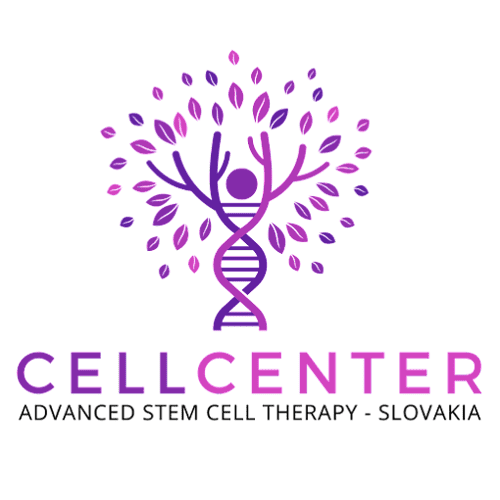
Located in Central Europe, CellCenter specializes in applying state-of-the-art stem cell technologies to neurological and orthopedic conditions. Their experienced doctors provide personalized treatment approaches for spinal cord injury patients seeking high European standards of care.
-
Therapeutic Focus: Neurological Conditions, Orthopedic Injuries, Autoimmune Diseases.
VISANI® Stem Cells
– Puebla, Mexico

VISANI® is a high-specialty center that focuses purely on regenerative treatments. They offer advanced stem cell and exosome therapies for SCI, providing patients with expert care and protocols designed for healing and functional improvement.
-
Therapeutic Focus: Advanced Regenerative Medicine, Exosome Therapy, Spinal Cord Injury.
Stem Cells Kyron
– Cali, Colombia
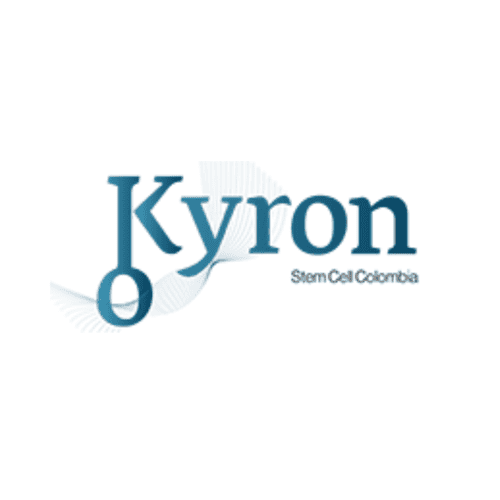
A pioneering center in South America, Stem Cells Kyron is dedicated to providing relief and promoting recovery for neurodegenerative diseases and spinal cord injuries. They utilize innovative stem cell approaches that have garnered high patient satisfaction.
-
Therapeutic Focus: Spinal Cord Injuries, Parkinson's Disease, Multiple Sclerosis.
(Disclaimer: This list is based on the provided information and is not an exhaustive ranking. Stem cell therapy is an experimental field, and patients should conduct thorough research and consultations.)
Understanding Spinal Cord Injury (SCI)
A spinal cord injury is damage to the tight bundle of nerves and cells that sends and receives signals from the brain to the rest of the body. An SCI can result in a permanent loss of strength, sensation, and function below the site of the injury.
Injuries are classified as:
-
Complete: All feeling and ability to control movement are lost below the spinal cord injury.
-
Incomplete: There is some motor or sensory function below the affected area.
The level of injury determines which parts of the body are affected:
-
Tetraplegia (or Quadriplegia): This means the arms, hands, trunk, legs, and pelvic organs are all affected by the injury.
-
Paraplegia: This paralysis affects all or part of thetrunk, legs, and pelvic organs.
Traditional Rehabilitation: The Foundation of Recovery
Traditional rehabilitation is the undisputed foundation of SCI care. Its goal is to maximize a patient's functional independence and quality of life through intensive, targeted therapies.
This essential framework includes:
-
Physical Therapy (PT): Focuses on improving muscle strength, mobility, balance, and motor skills.
-
Occupational Therapy (OT): Helps patients re-learn daily activities like dressing, eating, and personal care, often using adaptive equipment.
-
Assistive Technologies: Utilizes wheelchairs, braces, and electronic aids to enhance independence.
Any advanced treatment, including stem cell therapy, is built upon this foundation. The brain and body must be continuously stimulated through rehabilitation to take advantage of any neurological repair that occurs.
Stem Cell Therapy: The New Frontier in SCI Recovery
Stem cell therapy for SCI is an advanced regenerative treatment that introduces new stem cells into the body to help repair the damaged spinal cord. The primary goal is to promote neuro-regeneration and neuro-protection.
While still considered experimental, the scientific premise is powerful. Stem cells may help in several ways:
-
Replace Damaged Cells: They have the potential to differentiate into new nerve cells to replace those lost in the injury.
-
Reduce Inflammation: Stem cells release powerful anti-inflammatory agents that can calm the toxic environment at the injury site, protecting surviving nerve cells from further damage.
-
Release Growth Factors (Paracrine Effect): They secrete vital proteins that nourish existing cells and encourage the body's own repair mechanisms.
-
Improve Blood Flow: They can promote the formation of new blood vessels, bringing more oxygen and nutrients to the injured area.
Did You Know? The most commonly used cells for SCI therapy are Mesenchymal Stem Cells (MSCs). These cells are sourced from a patient's own bone marrow or fat tissue, or from donated umbilical cord tissue. They are known for their strong anti-inflammatory properties and their excellent safety profile.
Cost of Stem Cell Therapy for SCI: A Global Look
The cost of a stem cell treatment program for SCI can vary based on the clinic, the number of infusions, and the type of cells used. International clinics offer some of the most accessible pricing.
The Process and Realistic Outcomes
The stem cell treatment process typically involves multiple administrations of cells over a period of weeks, combined with intensive physical therapy. It is crucial to have realistic expectations.
The Process: Stem cells are usually administered via intravenous (IV) infusion and/or intrathecal injection (an injection into the spinal canal). This allows the cells to travel throughout the body and directly to the central nervous system.
Realistic Outcomes: This is not a "miracle cure." The goal is incremental improvement. Patients may experience:
-
Increased muscle strength or control below the level of injury.
-
Return of some sensation (touch, temperature).
-
Improved bladder and bowel control.
-
Reduction in neuropathic pain and spasticity.
-
Enhanced overall energy and quality of life.
The extent of improvement varies greatly from person to person and depends on the type of injury, the patient's health, and their commitment to rehabilitation.
Expert Insight "We see stem cell therapy as a way to 'fertilize the soil.' The cells can create a better environment for healing. But physical therapy is the 'gardener.' You must have the intensive, daily work of rehabilitation to teach the brain and body how to use any new connections that form. The two work together in synergy." - A Regenerative Medicine Specialist
Frequently Asked Questions (FAQs)
Q1: Can stem cell therapy cure spinal cord injury?
No. At present, stem cell therapy is not a guaranteed cure for SCI. It is an experimental treatment that aims to achieve partial recovery of function and improve quality of life. Any clinic promising a complete cure should be approached with extreme caution.
Q2: Is stem cell therapy for SCI safe?
When performed at a reputable clinic using the patient's own cells (autologous) or pre-screened umbilical cord cells, the procedure has a very good safety profile. The most common side effects are temporary and mild, such as headache or fatigue after the injection.
Q3: How long does it take to see results?
Some patients notice small changes within a few weeks, but significant improvements typically appear over the course of 3 to 6 months, and can continue for up to a year as the body heals and remodels.
Q4: Why isn't this treatment available everywhere?
Because it is still considered experimental, it has not yet passed the rigorous, multi-phase clinical trials required for approval by regulatory bodies like the FDA in the United States. Many international clinics operate under different regulations that allow them to offer these therapies commercially.
Explore a New Path to Recovery with PlacidWay.
The journey after a spinal cord injury is challenging, but new medical frontiers offer new hope. PlacidWay connects you with the world's leading, reputable centers for regenerative medicine, providing the information and support you need to explore every possible avenue for recovery.
Contact PlacidWay today for a FREE, no-obligation consultation and learn more about how stem cell therapy could be part of your rehabilitation journey.



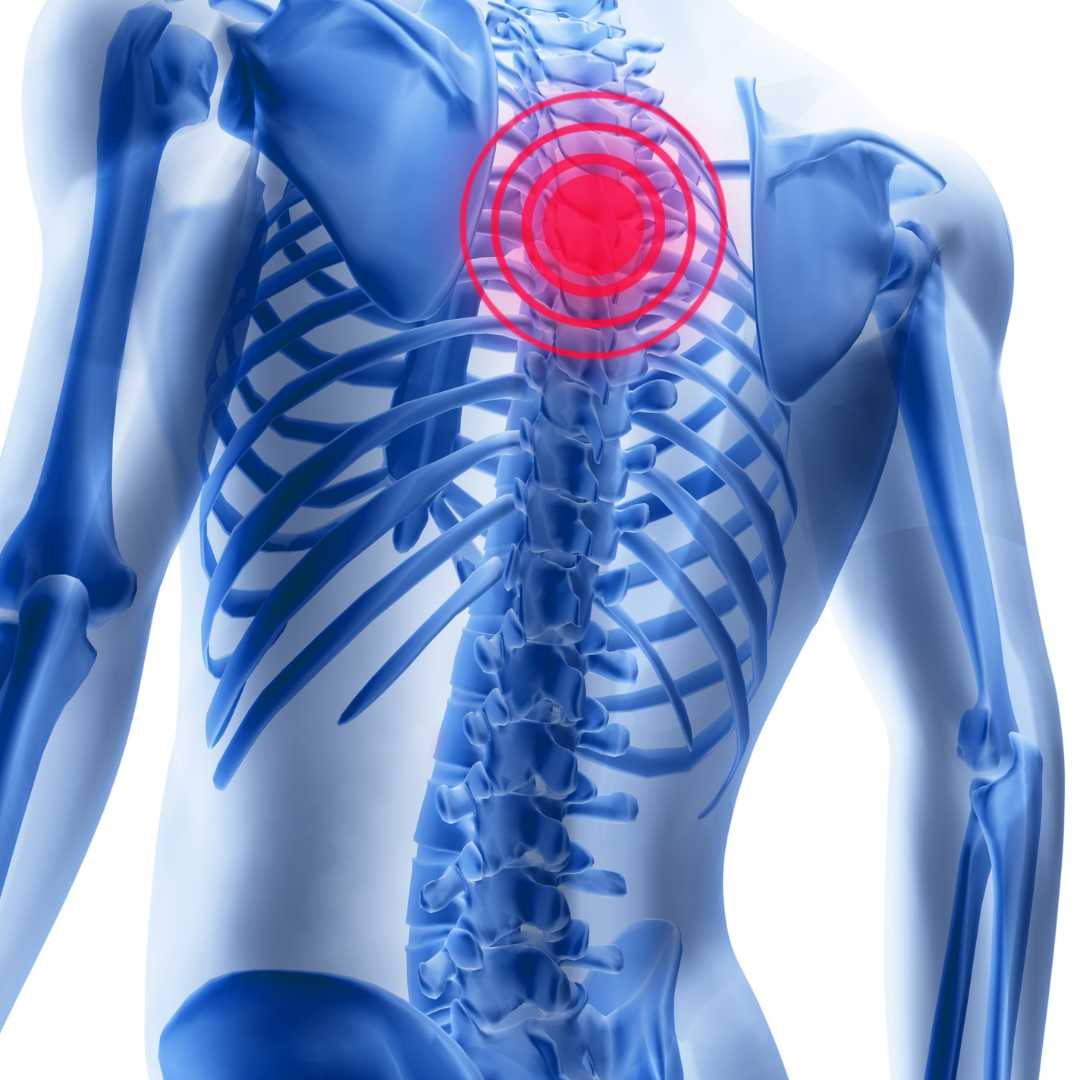

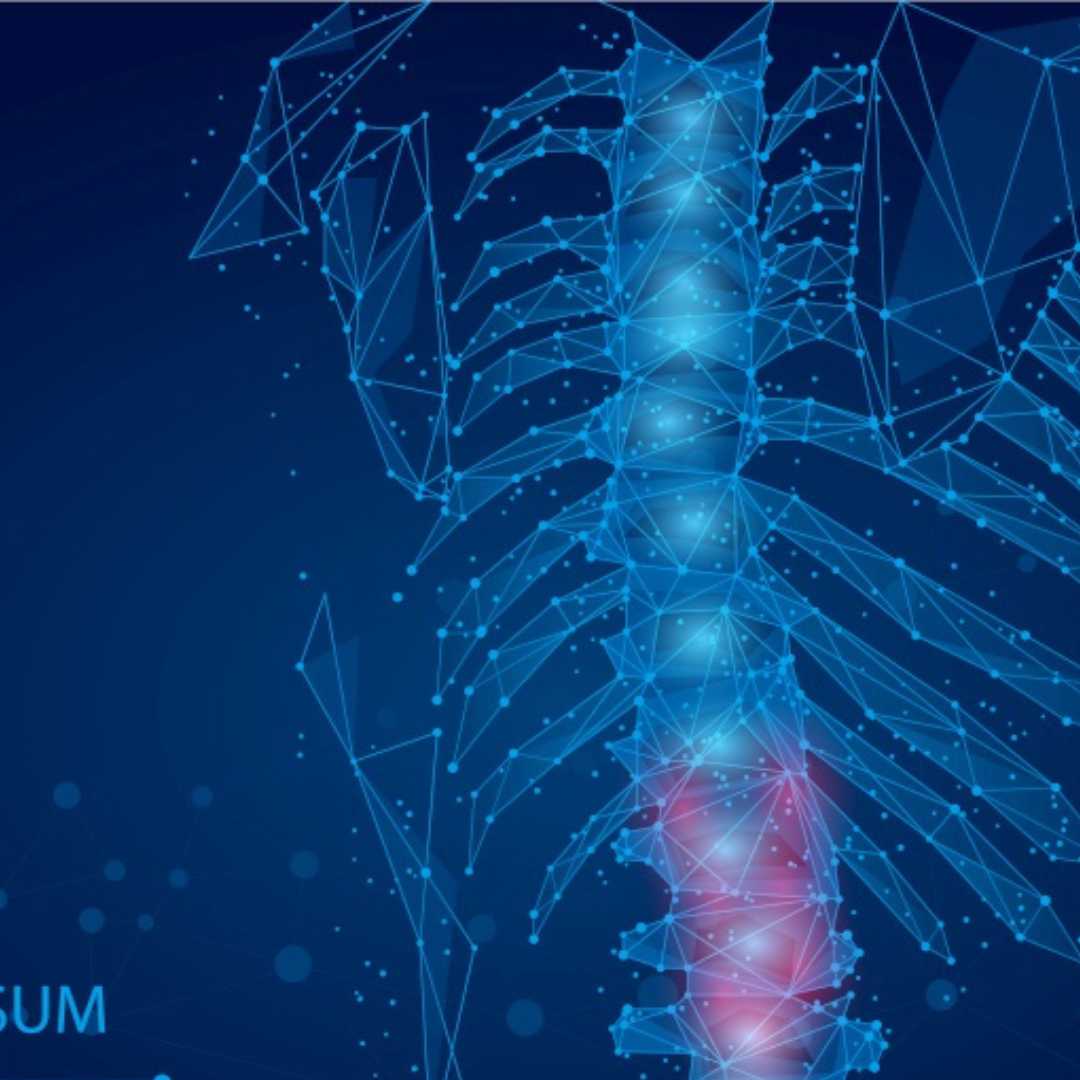



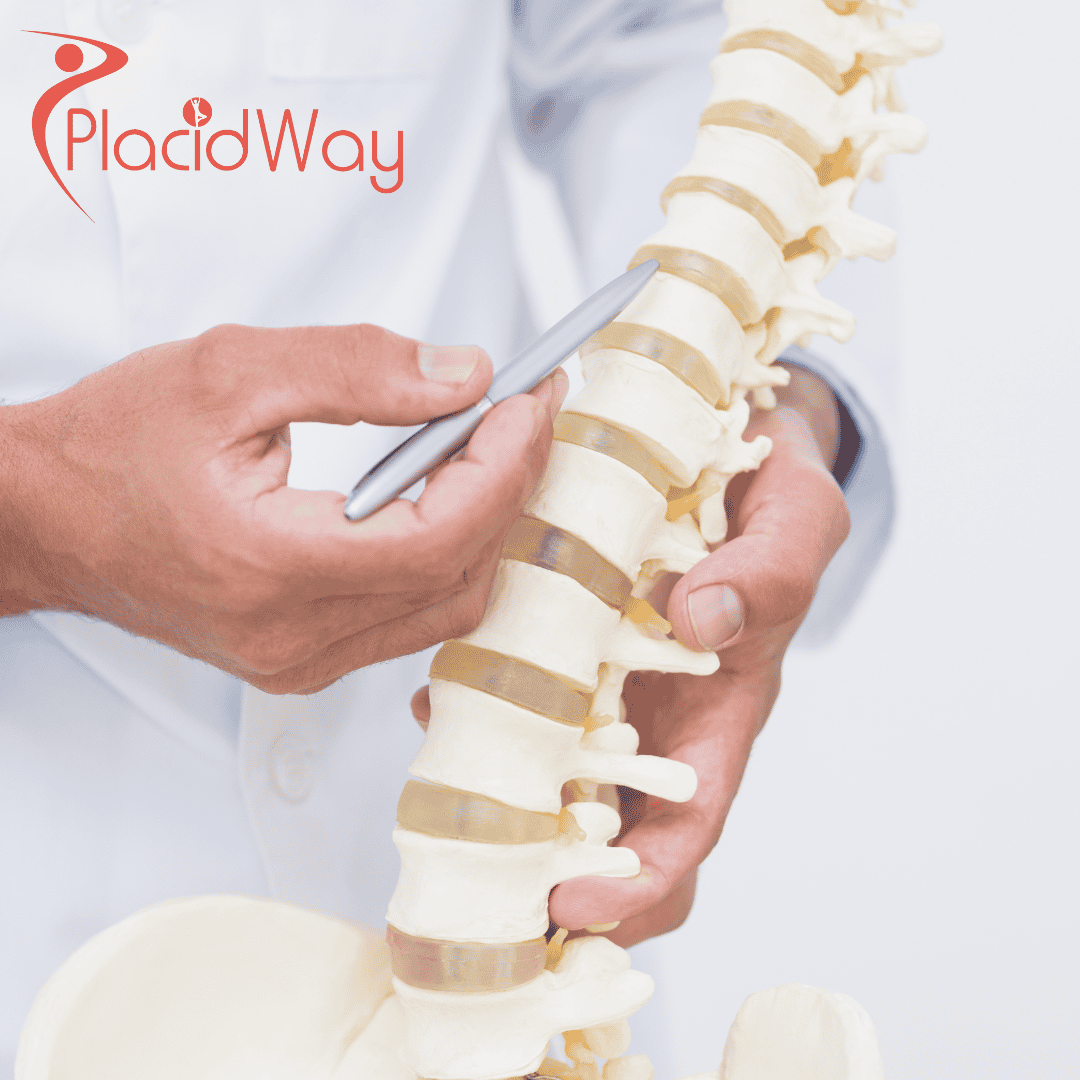

.png)
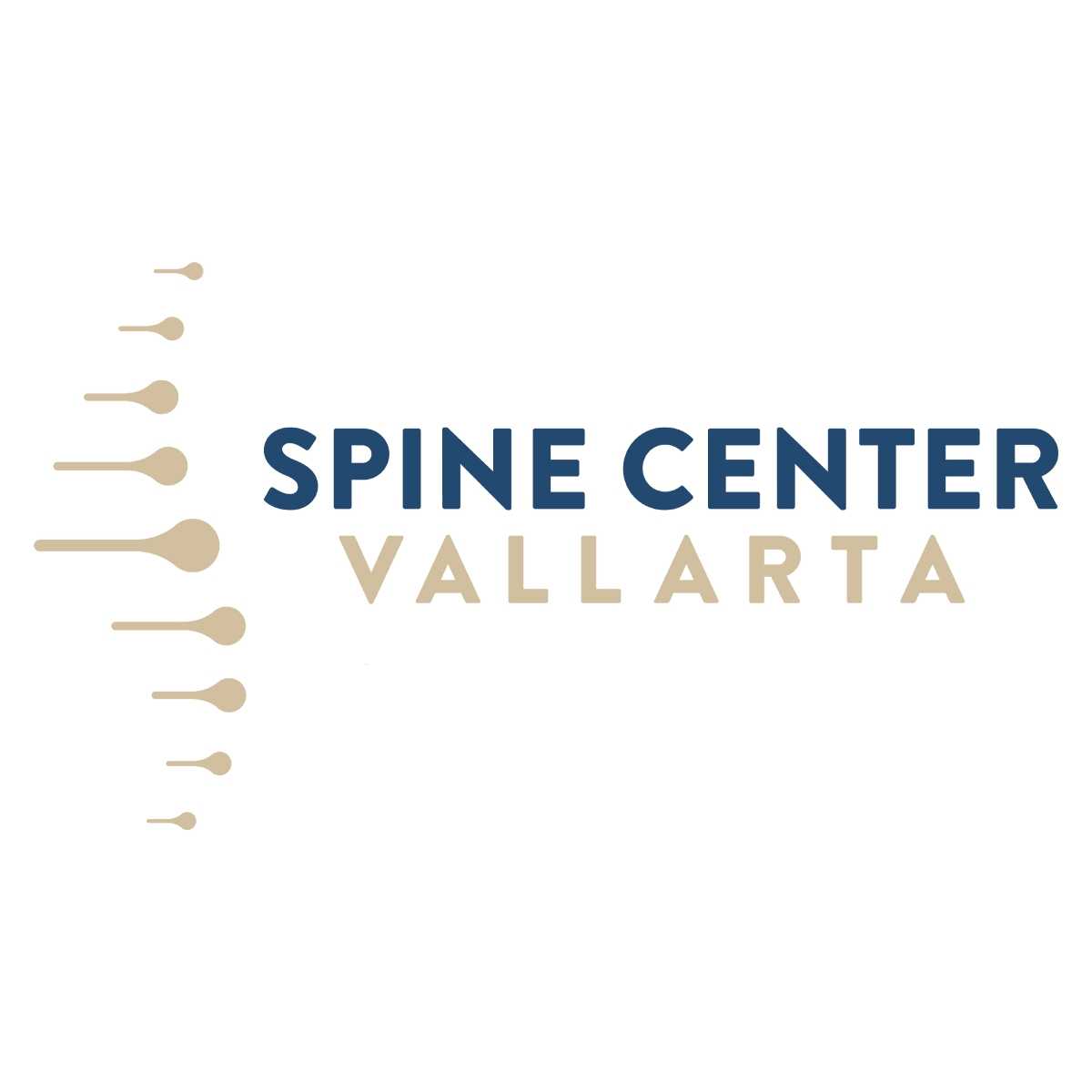

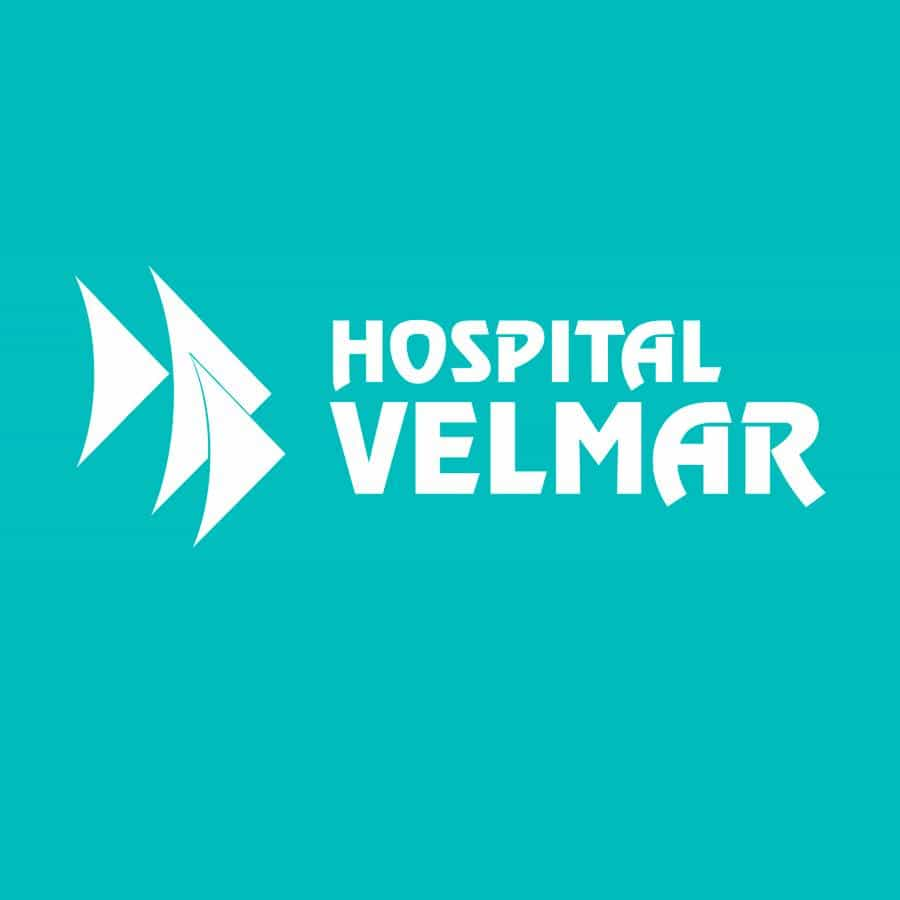
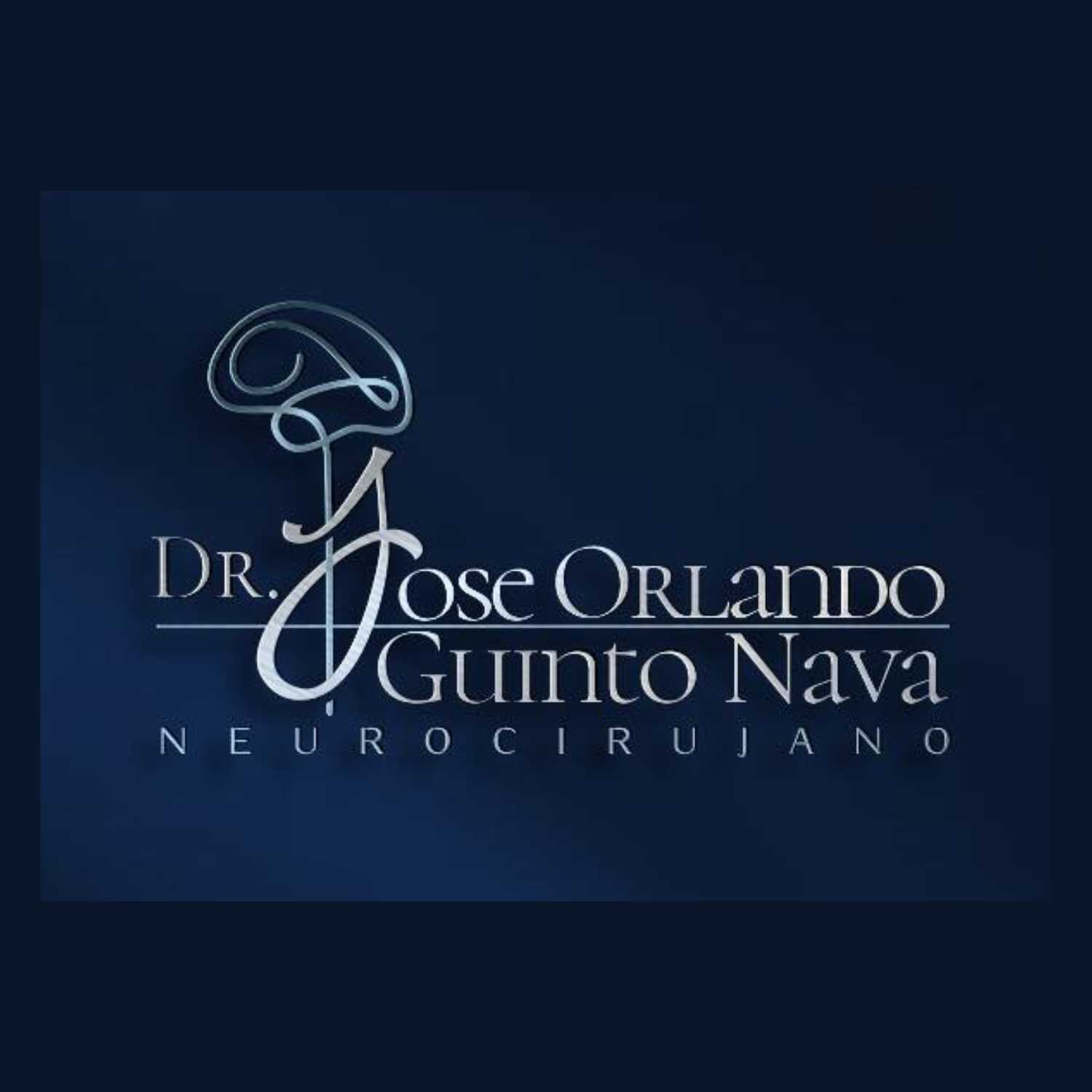

Share this listing